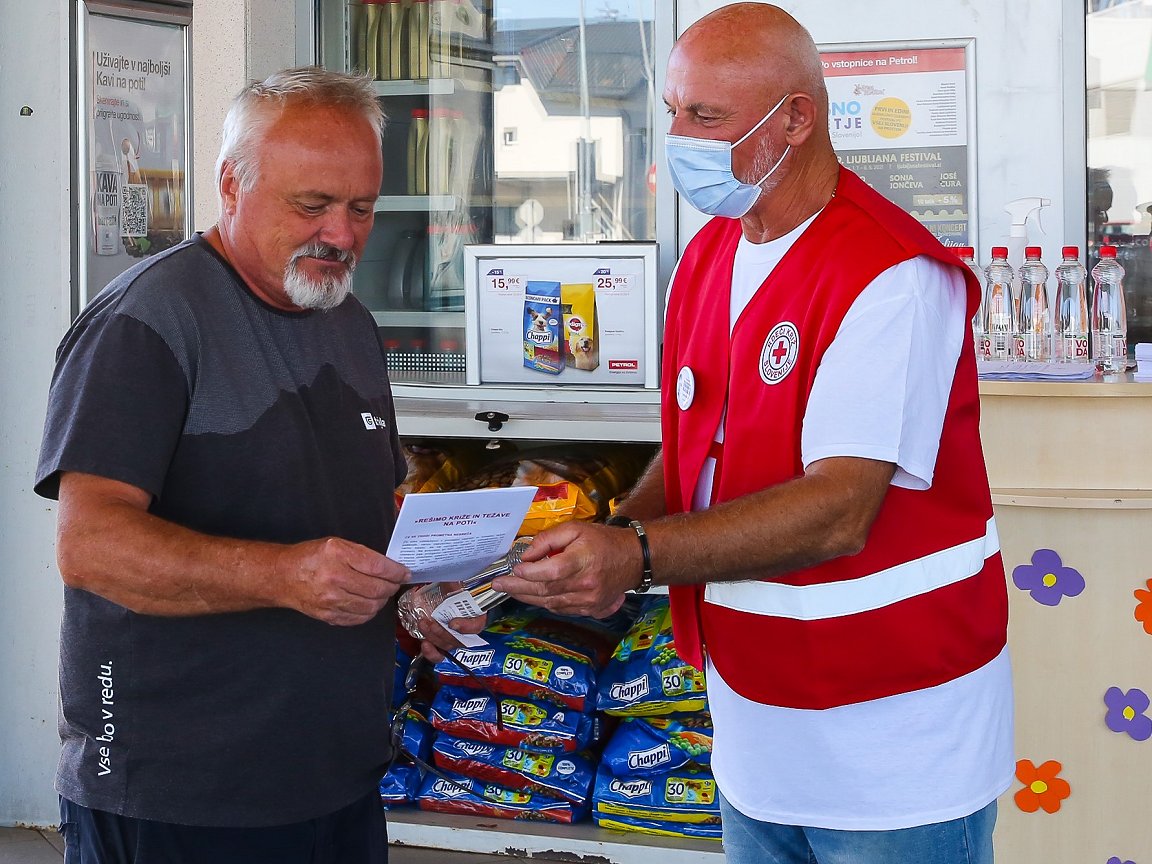
WMO: Heat-related deaths have risen 30% in Europe over past two decades

By the Climate Centre
Heat-related deaths in Europe have increased by around 30 per cent in the past two decades, and at least to some extent in almost all (94 per cent) European regions monitored.
The trend is particularly worrying since Europe is experiencing an increasing number of days with at least “strong heat-stress” and in 2023 saw a record number with classifiable “extreme heat-stress”.
These are among the conclusions of the 2023 European State of the Climate report, released today jointly by the Copernicus Climate Change Service (C3S) and the World Meteorological Organization.
“Evidence from the last decade shows generally good awareness but a low-risk perception of heat by the public, vulnerable groups and some health care providers,” a press release said.
Climate Centre Acting Director Julie Arrighi, who also leads its work on heat, said today: “The rising risk of extreme heat is one of the most pressing challenges of the climate crisis.
“This report on Europe – a warning shot of what’s to come if we don’t accelerate mitigation and adaptation – underscores how crucial it is to invest in focused adaptation strategies to reduce deaths from heat.“
River flows
Last June, meanwhile, the Atlantic Ocean around Ireland and the UK experienced an “extreme” marine heatwave that was actually “beyond extreme” in some areas, with sea surface temperatures as much as 5°C above average.
During 2023, Europe as a whole saw around 7 per cent more precipitation than average, consistent with an atmosphere at least 1°C warmer than average.
River flows generally were the highest on record last December, with as much as one third of the European network exceeding the official high-flood threshold.
Record or near-record flows were seen in river basins including the Loire, Rhine and Danube during storms between October and December.
C3S Director Carlo Buontempo said today: “In 2023, Europe witnessed the largest wildfire ever recorded, one of the wettest years, severe marine heatwaves, and widespread devastating flooding.
“Temperatures continue to increase, making our data ever more vital in preparing for the impacts of climate change.”
The Alps also saw an exceptional loss of glacier ice in 2023, linked to below-average winter snow and high summer melt amid heatwaves; in total over 2022 and 2023, glaciers in the Alps have lost around 10 per cent of their volume.
‘The rising risk of extreme heat is one of the most pressing challenges of the climate crisis’
Europe is the fastest warming continent, with temperatures rising at around twice the global average rate, the WMO says.
At last month’s first-ever global summit on extreme heat, hosted by the IFRC and the United States Agency for International Development, USAID Administrator Samantha Power said: “At a time when some have grown numb with increasingly familiar headlines about hottest days on record, we absolutely need to resolve never to get used to the scale of this problem, never to get used to the threat it poses to human life.”
Declaring extreme heat a humanitarian priority, IFRC Secretary General Jagan Chapagain laid out four key actions at the summit: protecting the vulnerable; investing in early warning systems and anticipatory actions; forging partnerships across borders; and putting local communities in the driving seat of change.
Volunteers from the Brezice branch of the Slovene Red Cross offering advice to truckers on how to protect themselves when stuck in their vehicles during extreme summer heat. (File photo: Ales Cernivec/SRC)